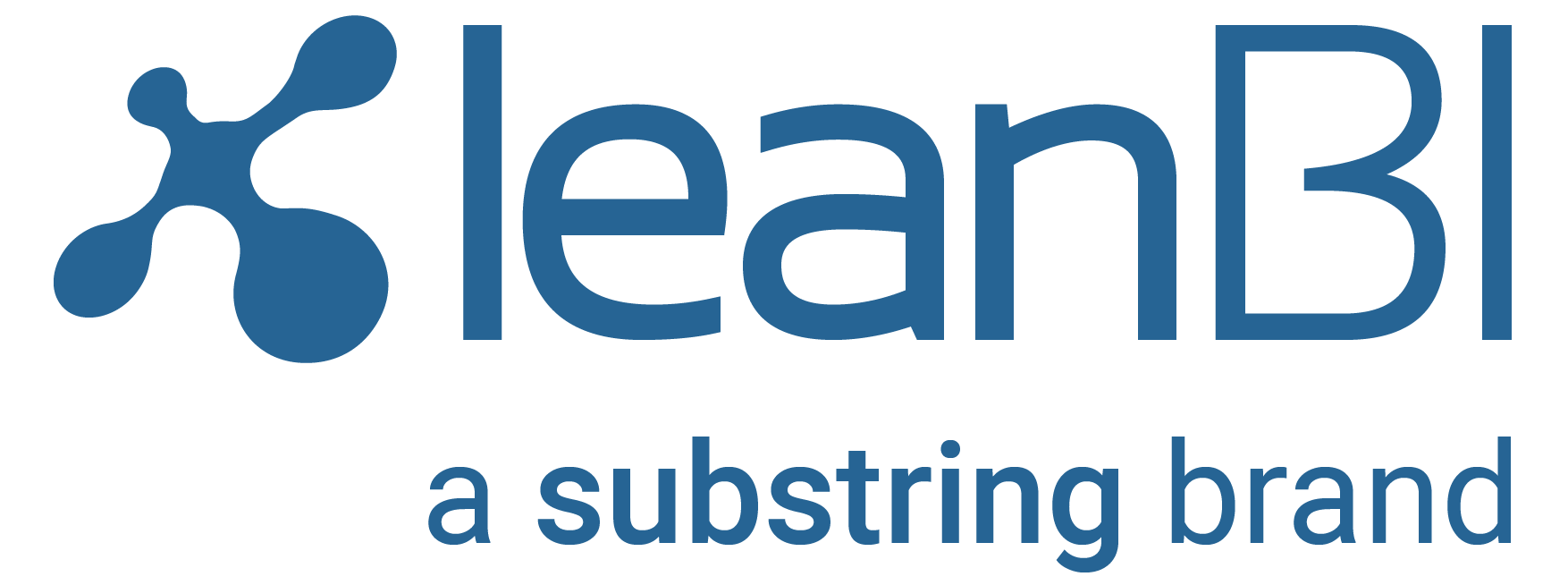Deep Learning for damage detection in tunnels
Last year, LeanBI successfully implemented a Deep Learning project for the engineering company Amberg AG, in which the efficiency of tunnel maintenance was increased by 60%. The AI component developed by LeanBI and based on image segmentation using deep learning has meanwhile been integrated into the maintenance software of Amberg.

The manual evaluation of images or laser scans from tunnels is extremely time-consuming and is often performed by engineers. Luckily, a big part of the process can be automated using deep learning for object detection and segmentation. A deep network detects damages such as cracks or wet areas, but also other objects of interest like pipes or electrical boxes in the tunnel. The network is not only able to detect objects, but also identify the exact pixels associated to them on the image. This is of tremendous help to the engineers, as they originally had to draw by hand polygons around damaged areas, or lines annotating cracks. Now they only need to follow the software’s proposal, and confirm the automatically detected damages, or edit the automatic annotation before confirming.
One of the challenges that most deep-learning projects face, is the need for a large amount of training images, that must be labelled manually. By choosing the right family of deep networks and customizing it to be able to learn with less data, we were able to obtain very good accuracy with only a few hundreds of meters of annotated images. Another factor that played a crucial role to our success was the efficient use of the labelled data. When the labelling process is expensive (costly or time consuming), we can use what is called data augmentation, to artificially increase the amount of labelled data we can use for training and achieve much better accuracy.
A further benefit of our solution is that it automatically quantifies uncertainty. This means, that when it identifies an object, it also gives a probability of how “surely” this object is in the identified class. Is the object wet with a 99% certainty, or only with 60%? This information is important to prioritize and save time in the final tunnel evaluation.
Alzbeta Prokopova, Application and Support Engineer at Amberg AG was interviewed by Tunnelling Journal about this project. You can find the whole interview in the Feb/Mar 2020 issue on page 11.
LeanBI has helped Amberg to implement part of the solution in the cloud, which has massively reduced the analytical costs. This is not only a technical challenge, but also an economic one, as large government institutions and large engineering companies must be convinced of the security and reliability of data storage in the cloud.
Amberg has also solved the problem that no Internet connection can be established in the tunnels. They therefore developed an offline version of the software that can be synchronized with the Internet as soon as network connection is available.
Automating damage detection with Deep Learning not only increases productivity, but also improves the quality and consistency of the detection. By automatizing the process, it is also easier to track temporal changes in tunnels, by running the same deep network on images of the same tunnel captured in different periods.
With the maintenance solution from Amberg Engineering and with the support of LeanBI, tunnel inspections can therefore be carried out as required and not at a fixed rigid schedule as was previously the case.
- Merger of Substring and LeanBI - December 31, 2023
- Blog: New optimization potentials thanks to AI and physical models - July 14, 2023
- Blog: Acceleration of development through AI and physical models - June 20, 2023
